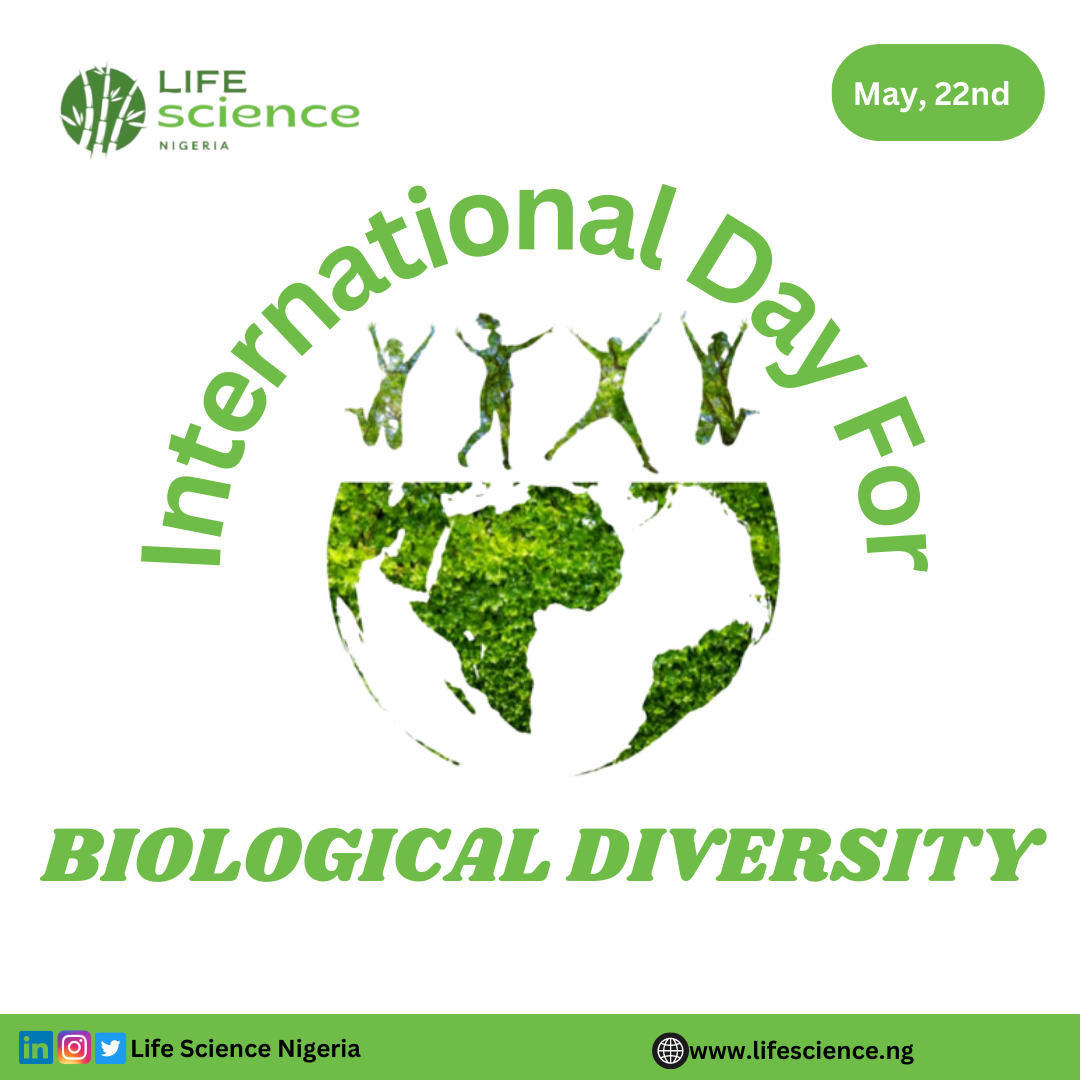
The life science industry relies on a healthy ecosystem to facilitate the advancement in research and scientific discoveries which leads to the innovation and development of life-saving pharmaceuticals and the invention of medical devices.
This blog post delves into the significance of biological diversity as a catalyst for advancing the life science industry.
What is biological diversity?
Biological diversity, in the context of life sciences, refers to the interconnection between living organisms and their ecosystems. It encompasses everything from plants and animals to bacteria and fungi – from the largest organism to the smallest microscopic organism. Biological diversity is also used to refer to the genetic diversity of individuals.
Biological diversity acts as a catalyst for the advancement in life sciences by providing a foundation for medicinal and pharmaceutical discoveries, genetics and biotechnology, ecological research, conservation biology, evolutionary studies, etc.
▪️Medical and Pharmaceutical Discoveries.
Through biological diversity, Life Science scientists can discover bioactive compounds in plants and animal species that have the potential to develop life-saving drugs. For example, drugs such as antibiotics, anticancer agents, and painkillers, have been derived from natural sources. Laboratory animals like the albino Wistar Rats are also part of the biological diversity that aids the experiment to understand the mechanisms of action of these drugs.
▪️Genetics and Biotechnology.
Biotechnology techniques like genetic engineering and genomics rely on biological diversity for their applications in medicine, agriculture and industrial processes.
It provides a vast pool of genetic resources that can catalyze biotechnological advancements. The genetic diversity within species enables the development of improved crops, livestock breeds, and microbial strains with enhanced characteristics such as disease resistance, productivity, and nutritional value.
▪️Ecological Research.
By researching and studying diverse ecosystems and the interactions between species, scientists gain insights into the functioning of ecosystems, ecosystem services, and the impact of human activities on biodiversity. This knowledge is crucial for effective ecosystem management and environmental policy-making.
▪️Conservation Biology.
Conservation biology is a fundamental aspect of life science. By studying and understanding different species and their habitats, scientists can develop strategies and conservation plans to protect and restore biological diversity. Conservation biology aims to prevent the extinction of species, maintain ecosystem stability, and ensure the sustainable use of natural resources.
▪️Evolutionary Studies.
Biological diversity allows scientists to explore and understand the mechanisms of evolution. By examining the diversity of species, their genetic variations, and evolutionary patterns, researchers gain insights into the processes that have shaped life on Earth. This knowledge contributes to evolutionary biology, evolutionary medicine, and helps us understand the origins and relationships between different organisms.
▪️Ecosystem Services.
Biological diversity provides essential ecosystem services that support human well-being. These services include pollination, nutrient cycling, water purification, climate regulation, and natural pest control. By studying the interactions and dependencies within ecosystems, scientists can develop sustainable land management practices, restore degraded ecosystems, and enhance the resilience of natural systems in the face of environmental challenges.
In conclusion, despite the advancement biological diversity has on life science, the rate of species extinction is accelerating at an alarming pace. This loss of biodiversity poses a significant threat to scientific research, genetics, and biotechnology and the potential for medical advancement.
Today being International Day for Biological Diversity. The theme is from agreement to action: build back biodiversity. According to the United Nations the slogan promotes the idea that, now that we have an action plan agreed upon at a global level, we must implement all the measures that the agreement contemplates before 2030. Only in this way will we be able to obtain protected and sustainable biological diversity by 2050.
So, It requires a collective effort from life science scientists, policymakers, and communities to implement policies that will safe the ecosystem and promote sustainable development seeing the role that biodiversity plays in the advancement of life science.